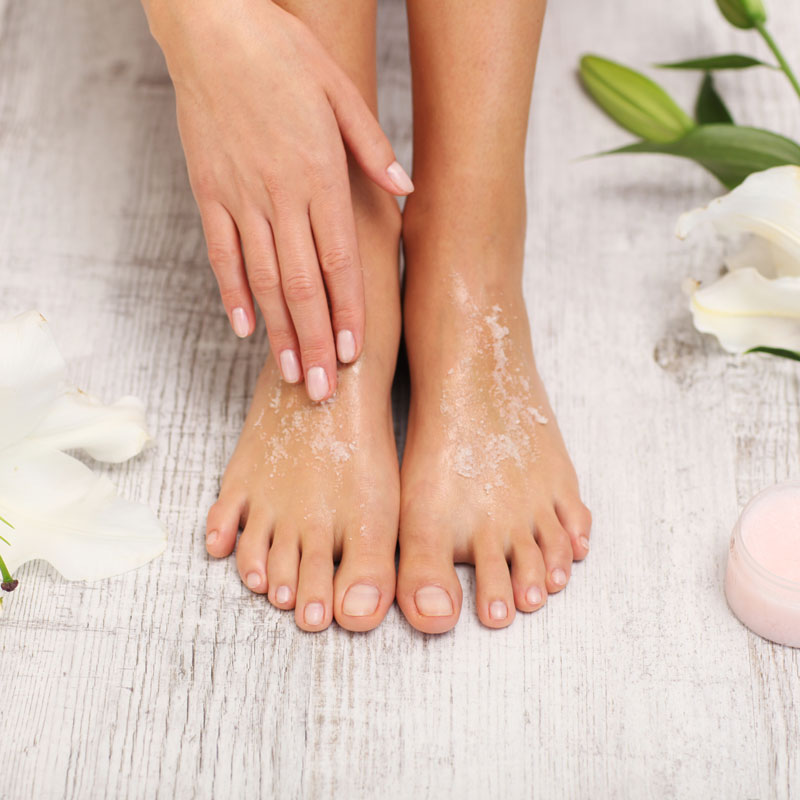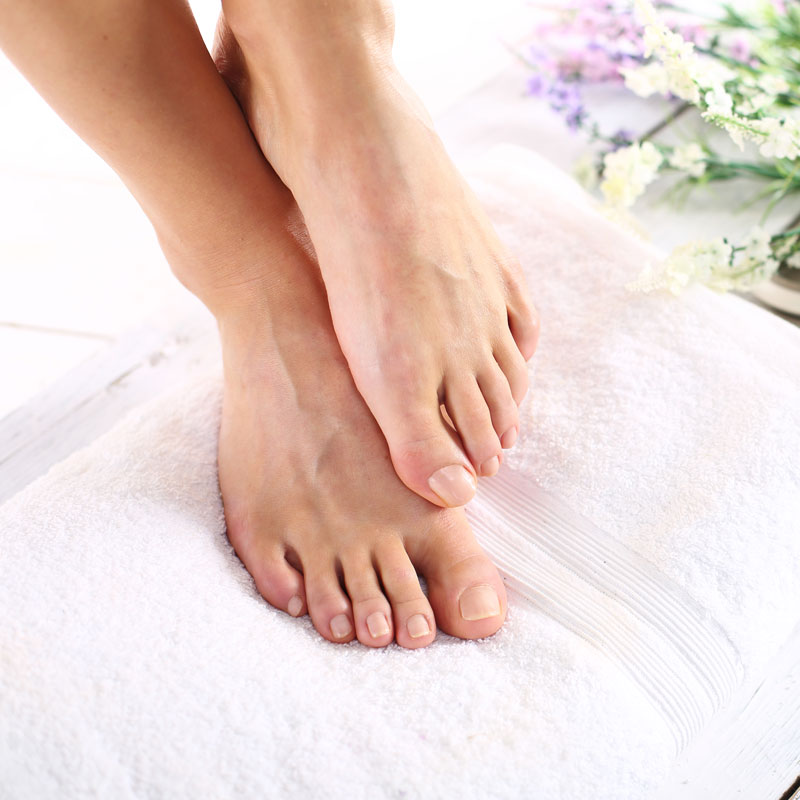Aging
Foot Health and Aging in Sugar Land
Medical advances since 1900 have increased life expectancy of the average American by more than thirty years. Older persons have become an increasingly significant proportion of our total population — and their numbers are growing rapidly. For example, in 1900 there were three million Americans aged 65 or older. In the year 2000, older people outnumbered children for the first time in history. If older people are to live useful and satisfying lives, they must be able to remain active. Mobility is a vital ingredient of the independence that is cherished by our aging population, and foot ailments make it difficult or impossible for them to work or to participate in social activities.
According to the US National Center for Health Statistics, impairment of the lower extremities is a leading cause of activity limitation in older people. As if foot problems weren’t enough of a nuisance, they can also lead to knee, hip, and lower back pain. The NCHS says 25% of all nursing home patients cannot walk at all and another one-sixth can walk only with assistance.

Mirror of Health
The human foot has been called the mirror of health. Podiatrists are often the first doctors to see signs of such systemic conditions as diabetes, arthritis, and circulatory disease in the foot. Among these signs are dry skin, brittle nails, burning and tingling sensations, feelings of cold, numbness, and discoloration. Always seek professional care when these signs appear.

Foot Health Tips
- Properly fitted shoes are essential; an astonishing number of people wear shoes that don’t fit right and cause serious foot problems.
- A shoe with a firm sole and soft upper is best for daily activities.
- Shop for shoes in the afternoon; feet tend to swell during the day.
- Walking is the best exercise for your feet.
- Pantyhose or stockings should be of the correct size and preferably free of seams.
- Do not wear constricting garters or tie your stockings in knots.
- Never cut corns and calluses with a razor, pocket knife, or other such instruments; use over-the-counter products only with the advice of a podiatrist.
- Bathe your feet daily in warm–NEVER HOT– water, using a mild soap, preferably one containing moisturizers, or use a moisturizer separately. Test the water temperature with your hand.
- Trim or file your toenails straight across.
- Inspect your feet every day or have someone do this for you. If you notice any redness, swelling, cracks in the skin, or sores, consult your podiatrist.
- Have your feet examined by a podiatrist at least twice a year.
Foot Problems Can Be Prevented
Many people, including older people, believe that it is normal for the feet to hurt, and simply resign themselves to enduring foot problems that could be treated.
There are more than 300 different foot ailments. Some can be traced to heredity, but for an aging population, most of these ailments stem from the cumulative effect of years of neglect or abuse. However, even among this population, many foot problems can be treated successfully.
Whether due to neglect or abuse, the normal wear and tear of the years cause changes in feet. As people age, their feet tend to spread and lose the fatty pads that cushion the bottom of the feet. Additional weight can affect the bone and ligament structure. Older people, consequently, should have their feet measured for shoe sizes more frequently, rather than assuming that their shoe size remains constant. Dry skin and brittle nails are other conditions older people commonly face. Finally, it’s a fact that women, young and old, have four times as many foot problems as men, and high heels are often the culprits.
Observing preventive foot health care has many benefits. Chief among them are that it can increase comfort, limit the possibility of additional medical problems, reduce the chances of hospitalization because of infection, and lessen requirements for other institutional care.
Studies show that care for a bedridden patient costs much more than care for an ambulatory patient. In their private practices, foot clinics, hospitals and nursing homes podiatric physicians are providing services designed to keep older people on their feet.
Records indicate that amputations and other forms of surgery due to infections of the feet, many brought about by diabetes, have been significantly reduced in recent years because of early diagnosis and treatment. Further reduction in this area is a goal of Healthy People 2010, a US Department of Health and Human Services campaign endorsed by podiatric physicians, to encourage understanding and application of preventive medical practices.